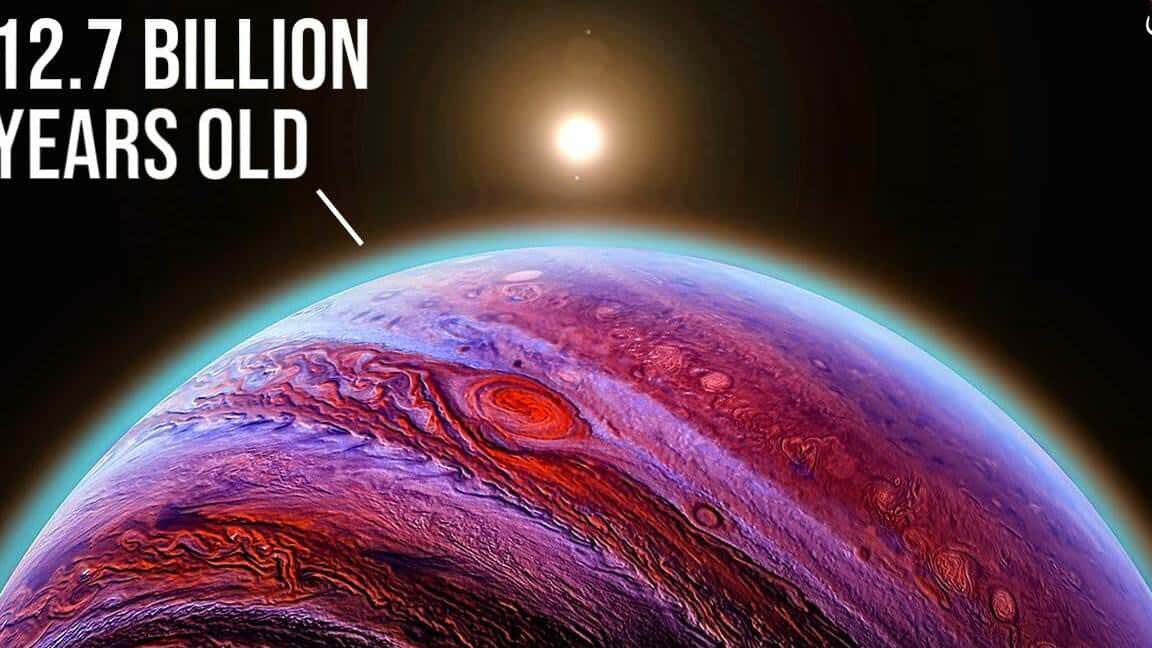The tenth planet to be discovered in our solar system was Pluto, back in the year 1930. It’s hard to believe that it took another 69 years for astronomers to find another planet, but this time outside of our solar system. This planet, known as an exoplanet, has a rather peculiar name that sounds more like a complex chemical compound – HD209458b.
HD209458b was the initial exoplanet to be found outside our own solar system, being discovered in November 1999 through the utilization of the transit photometry technique (which involves observing an exoplanet’s passage in front of a star). This celestial body falls into the category of “hot Jupiters,” which are massive gas giants that have short orbital periods around their host stars. Scientists believe that the planet’s orbital radius (the distance between the planet and its star) is eight times smaller than the distance between Mercury and the Sun.
According to astrophysicists’ observations, the surface temperature on one side of the planet, which is always facing its star (similar to our Sun, known as a “yellow dwarf”), is approximately 1000 °C, which is roughly equivalent to the melting point of copper. On the other side, commonly referred to as the “dark” side, the temperature is much colder. This significant temperature imbalance contributes to the formation of strong atmospheric currents. By analyzing the carbon monoxide content in different parts of the planet’s atmosphere, Snellen and his colleagues were able to determine that the wind currents, constantly moving from the hot “day” side to the cold “night” side, have speeds ranging from 7 to 10 thousand kilometers per hour, or 2 to 2.5 kilometers per second.
The investigation of HD209458b, the first-ever discovered exoplanet, was conducted using the European Southern Observatory’s Very Large Telescope (VLT) situated atop the Sierra Paranal mountain in the Atacama Desert of Chile at an elevation of 2635 meters above sea level. The VLT’s foremost scientific instrument, the CRIRES spectrograph, played a critical role in conducting precise measurements and determining the physical and chemical attributes of this celestial body. The spectrograph, equipped with a specialized array of detectors, facilitated the identification of carbon monoxide traces in the planet’s atmosphere.
Researchers were able to obtain the necessary information about the presence of a slight Doppler shift in the analyzed part of the spectrum thanks to the use of CRIRES. This allowed them to calculate the rate of orbital rotation of the planet around the star, which was found to be about 140 kilometers per second. Using Newton’s law of universal gravitation, they were then able to determine the mass of both the star itself and the nearby object known as HD209458b.
Experts unanimously agree that the work carried out by Snellen’s group represents a significant achievement in the field of modern astrophysics. It is particularly noteworthy that all of the results were obtained using ground-based equipment.
By the way, the tiniest exoplanet was only found in early 2011.
The biggest pig in the world: where does it reside? Ranking of baby formula: the most popular manufacturers
Who found the planets in our solar system?
Back in the early days of human civilization, individuals who observed the sky were able to identify a collection of objects that became known as “planets”. This article provides an overview of the history behind the discovery of the planets in our solar system.
The order of the planets in the solar system begins with Mercury, followed by Venus, Earth, Mars, Jupiter, Saturn, Uranus, and Neptune. However, there is still ongoing debate among scientists regarding the classification of Pluto. Currently, astronomers have designated it as a small, dwarf planet. The first four planets in the system, namely Mercury, Venus, Earth, and Mars, are classified as large planets within the Earth group. On the other hand, the remaining four planets are considered giants and collectively constitute 99.6% of the total mass of all the planets in the system.
Which planets have scientists found?
Ancient astronomers were already aware of Mercury a long time ago. The specific date when they spotted this celestial body is unknown. However, the Assyrians even managed to calculate the planet’s rotation speed. The visual date of Mercury’s observation is considered to be 1631, when astronomer Pierre Gassendi studied the planet’s transit across the Sun. In 2008, a probe was launched to the planet, which is still in orbit around Mercury to this day.
The earliest records of Venus can be traced back to ancient Babylon, where it was known as Ishtar. This celestial body is the most luminous planet visible from Earth. In 1610, Galileo Galilei made an important discovery when he observed the phases of Venus, providing evidence that it orbits the Sun. For a considerable period, it was widely believed that Venus was a sister planet to Earth and could potentially sustain life. However, extensive research and the dispatch of various probes have revealed that the surface temperature on Venus is too extreme for life to exist.
Since the dawn of humanity, mankind has been observing the Earth. Initially, it was widely believed that the Earth was the center of the universe. However, in 1514, a renowned astronomer named Nicolaus Copernicus revolutionized our understanding of the solar system with his groundbreaking book “On the Rotation of the Celestial Spheres”, revealing the heliocentric nature of our solar system. According to his theory, both the Earth and the other known planets orbit the Sun. It wasn’t until October 24, 1946, that the first photograph of our planet was captured.
In 1877, the Italian astronomer Giovanni Schiaparelli made significant contributions to our knowledge of the planet Mars. Utilizing a telescope, he became the discoverer of this intriguing celestial body. Fast forward to 2012, when a mobile rover was dispatched to Mars with the purpose of exploring its surface. Remarkably, this rover is still operational on Mars to this very day, continuing to provide us with valuable insights.
Jupiter, the largest planet in the Solar System, has been observed throughout history, along with all the other planets. The Chinese were the first to discover it, as they followed a 12-year cycle of observations. Galileo was the first to observe Jupiter’s four satellites – Europa, Io, Callisto, and Ganymede. Robert Hooke was the first to witness the planet’s storm system, while Giovanni Cassini continued his colleague’s work in 1665.
The Romans named the sixth planet Saturn after the god of agriculture. In 1610, astronomer Galileo observed Saturn and studied its orbiting satellites. Christian Huygens, armed with a powerful telescope, explored the planet’s rings and discovered its first satellite in 1655. Cassini and Herschel further studied Saturn, and in 2004, a probe was sent to the planet, where it remains to this day.
The planet Neptune was officially recognized as the last planet in the solar system. It was discovered in 1846, six years after the discovery of Uranus. The great discovery of Neptune was made by the astronomer J. Galle, who relied on the research of his colleagues J. Adams and W. Leverrier. Halle also based his findings on the research conducted by Adams and Leverrier.
In 1930, Pluto was discovered by Clyde Tombaugh, but it was later reclassified as a minor planet in 2006.
We hope that this article has provided you with information on the years and individuals responsible for the discovery of the planets in our solar system.
Religion, Science, Life: The Planets of the Solar System
There have been numerous theories proposed to explain the origins of the solar system. One of the earliest and most famous theories was put forth by Immanuel Kant, a German philosopher, in 1755. Kant believed that the solar system originated from a primordial matter that was initially dispersed throughout space.
Another cosmogonic theory that emerged later is known as the “catastrophe” theory. According to this theory, our planet Earth was formed as a result of an external intervention, such as the Sun colliding with another star. This collision would have caused a eruption of solar matter. As the gaseous matter rapidly cooled and condensed, numerous small solid particles formed. These clusters of particles then served as the building blocks for the formation of planets.
The celestial bodies of the solar system
The Sun, the central celestial body in our solar system, is classified as a yellow dwarf star. It holds the distinction of being the largest object in our planetary system. Not only is it the nearest star to Earth in terms of proximity, but it is also the primary entity in our solar system. The planets within our system are considered relatively ordinary in nature. There are no dark planets, such as those that have minimal light reflection. Planetary images are frequently utilized in indoor signage.
Mercury, the first planet from the Sun in our solar system, is also the smallest planet among the Earth group (which includes Earth, Mars, and Venus).
Following Venus, the second largest planet is Venus. Earth, our home planet, comes next. Our planet is accompanied by its moon, which is nearly 80 times lighter than Earth. The moon is the sole satellite of Earth that orbits it. It is also the brightest object in the sky, second only to the Sun. Mars, the fourth planet, is a barren world that possesses two moons. After Mars, there is a cluster of planets known as the giant planets.
The Sun and the other planets have played significant roles in various religions. Many religions have worshiped the Sun, and astrology, which examines the influence of planets on humans, still holds sway over many individuals. Astrology was once regarded as a science, but nowadays, it is often deemed a superstition.
Jupiter, the largest and most massive of all the giants, serves as a miniature representation of our solar system. With over 40 satellites, Jupiter boasts several notable ones including Ganymede, Io, Europa, and Callisto. These satellites, commonly referred to as the Galilean satellites, were named in tribute to their discoverer, Galileo Galilei.
Following Jupiter is Saturn, a giant planet renowned for its magnificent rings. Saturn possesses 22 satellites, with the seven largest being Dione, Mimas, Titan, Enceladus, Rhea, Japetus, and Tephia.
Then we have Uranus, another giant planet with a unique characteristic—it is tilted on its side, leading to distinct seasonal changes. Uranus features 21 satellites and is notable for its retrograde rotation.
Pluto, the most distant and final planet in our solar system, is also the smallest. It is accompanied by its moon, Charon, which is slightly smaller than the planet itself.
The Sun came into existence approximately 4.6 billion years ago, and shortly after that, the planets started to form. The age of all the planets in our solar system is around 4.5 billion years, which is an incredibly long period of time.
Nevertheless, they are nowhere near as ancient as the most ancient planet ever discovered.
The oldest planet ever detected in the entire universe is an exoplanet known as PSR B1620-26 b located in the Scorpius constellation, and it is estimated to be 12.7 billion years old. It is also affectionately called Methuselah, after the oldest character mentioned in the Bible.
Exploration
Unlike the majority of exoplanets that have been detected, Methuselah is not in orbit around a typical star. Instead, it is a circumstellar planet, which means it revolves around two distinct celestial bodies.
However, these two celestial bodies are not ordinary stars. PSR B1620-26 does not orbit stars, but rather a white dwarf and a pulsar. Interestingly, Methuselah was among the earliest planets to be discovered beyond our own solar system, although it is not technically considered an exoplanet due to its lack of orbit around a main-sequence star.
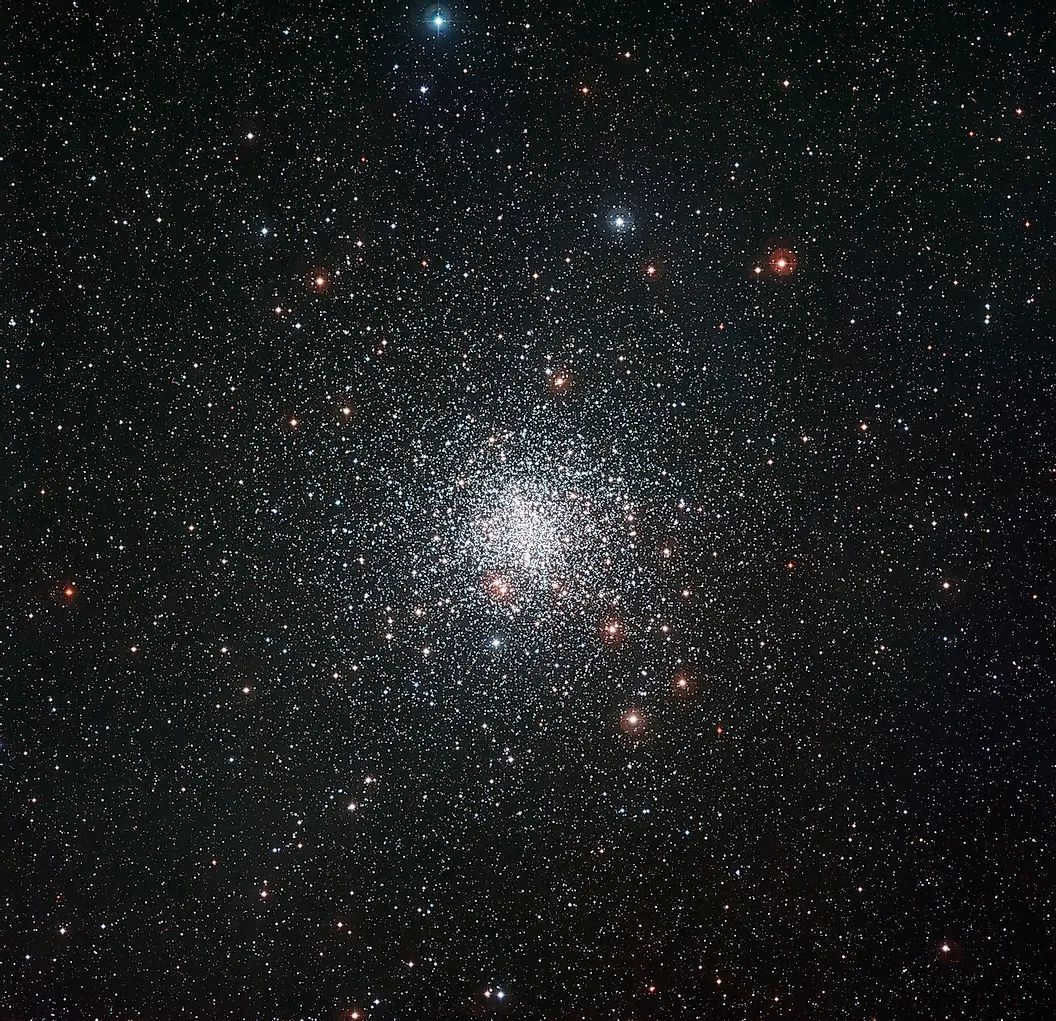
The discovery of this planet was made public in 1993, and similar to the majority of planets found outside our solar system during that time period, it was detected using the radial velocity method.
This particular method searches for any alteration in a star’s light resulting from the Doppler effect, which modifies the wavelength of light based on the object’s motion in relation to us.
In the instance of Methuselah, astronomers observed a Doppler shift in the light emitted by a nearby pulsar, and calculations indicated that the most probable explanation was the gravitational influence of the planet, causing a slight movement in the pulsar.
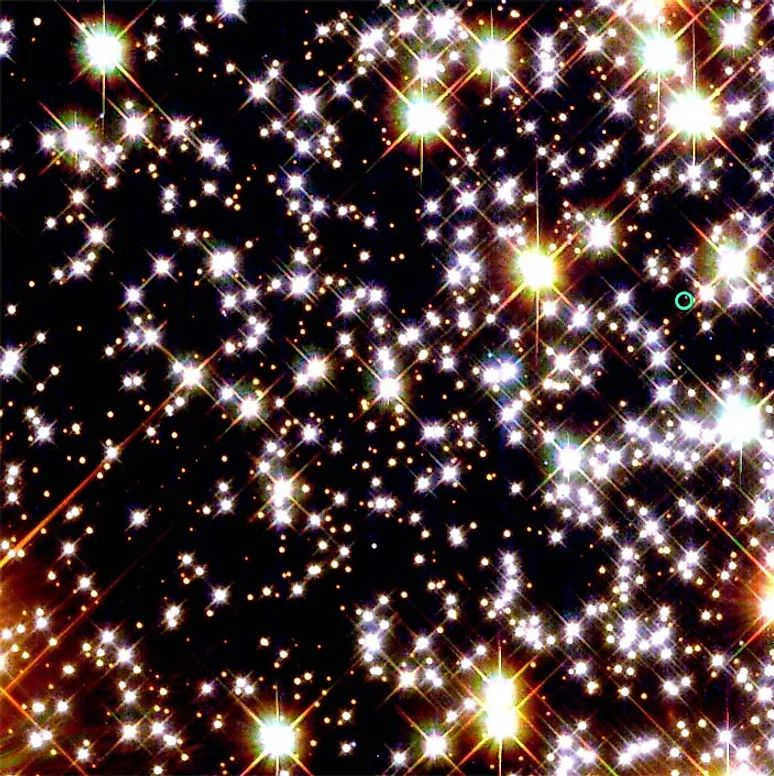
The Age of PSR B1620-26 b
PSR B1620-26 b, apart from being the oldest planet ever discovered, possesses another remarkable feature – it is the first planet found to orbit multiple objects. Moreover, it is also the first planet discovered within a globular cluster.
The globular cluster, known as Messier 4 (M4), boasts a staggering age of approximately 12.7 billion years and is situated 12,400 light-years away. Globular clusters are generally ancient due to the abundance of low-mass stars they contain, which have the ability to burn for hundreds of billions of years.
In addition, globular clusters can harbor thousands to millions of individual stars, and their collective gravitational force keeps the cluster intact for billions of years.
While the name “Methuselah” is not officially recognized, it is commonly used to identify the planet in popular scientific articles. Methuselah is the solitary planet bestowed with a biblical name, although there are three other extrasolar planets that possess unofficial mythological names or nicknames. These planets are 51 Pegasi b, also known as Dimidium, originally named Bellerophonte; Gliese 581 g, sometimes referred to as “Zarmina”; and HD 209458 b, occasionally called “Osiris”.
Most stars within globular clusters are likely to have been formed within the cluster itself, thus implying that all planets orbiting within a globular cluster are likely to be of the same age.
Consequently, PSR B1620-26 b is estimated to be approximately 12.7 billion years old, making it the most ancient planet ever discovered and 2.8 times older than Earth.
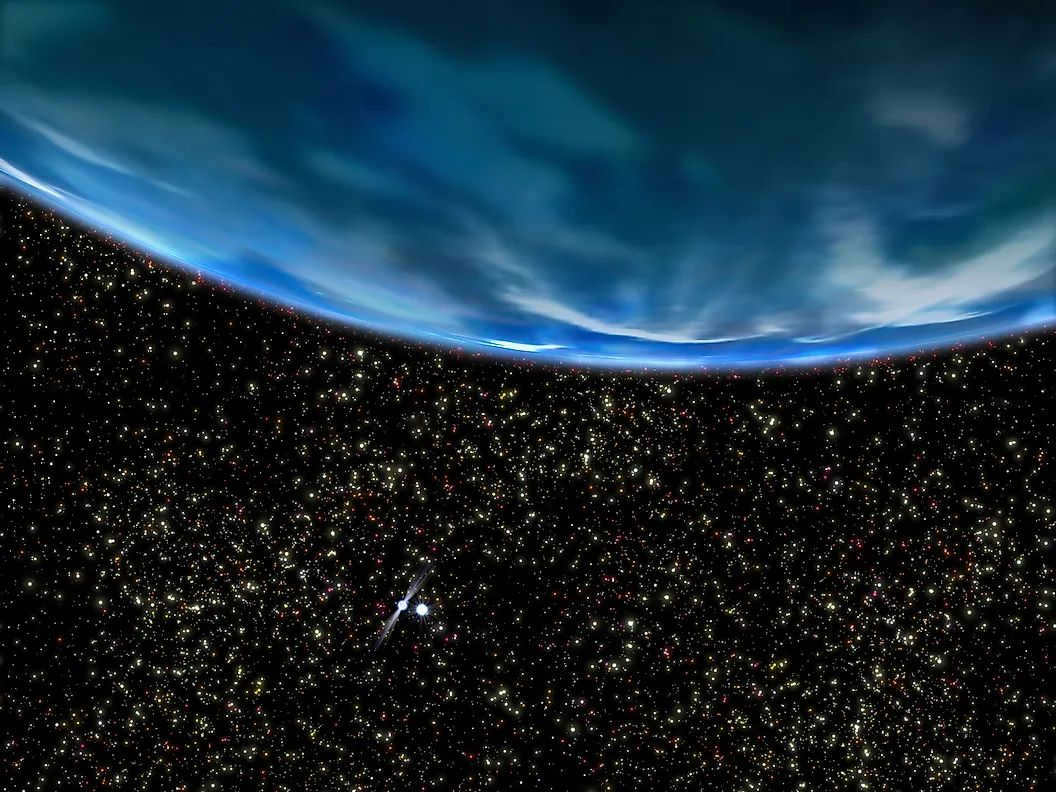
Distinctive Features
PSR B1620-26 b possesses a mass that is 2.7 times greater than that of Jupiter, indicating that it is most likely a gas giant. The planet revolves around its stars at a distance of 3.4 billion kilometers (approximately 23 a.u.), and it requires about 100 years to complete one full orbit.
Other than its age, mass, and distance, not much is currently understood about this ancient planet, although astronomers theorize that it may have previously encircled a star that is not dissimilar to our own Sun.
It is improbable that Methuselah was formed in proximity to a white dwarf and a pulsar, as their gravitational forces simply lack the strength to attract sufficient matter for planetary formation.
Astronomers hypothesize that the planet most likely originated in the vicinity of a sun-like star that ultimately evolved into a white dwarf. PSR B1620-26 b is situated at a sufficient distance to have survived the red giant phase of the star immediately preceding its transformation into a white dwarf.
Currently, the stars (pulsar and white dwarf) are peacefully revolving around each other, and this binary system with an exoplanet is gradually moving towards the center of the M4 cluster, where the stellar density is exceptionally high. Consequently, there is a considerable likelihood that PSR B1620-26 is poised for new cataclysms, and the destiny of the planet remains uncertain.
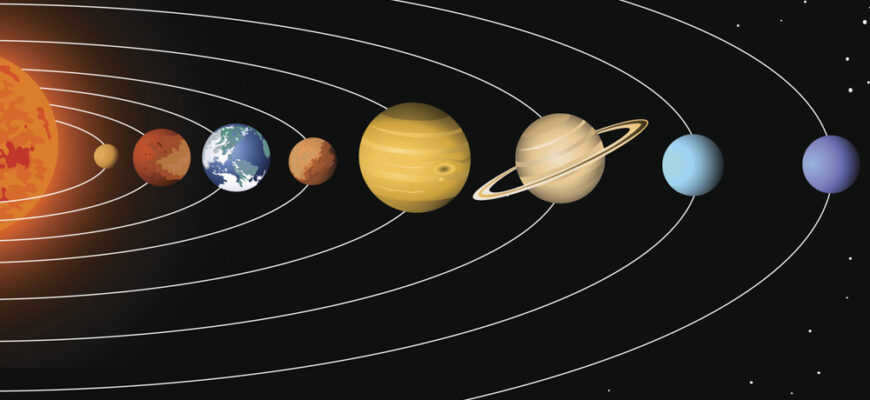
Knowledge
Earth stands as the sole entity amidst a plethora of planets, all revolving around the Sun within our solar system. Other celestial bodies that captivate the minds of children include Mars, Jupiter, Venus, Saturn, Uranus, and Neptune.
Each planet possesses its own distinct characteristics – varying in size, shape, atmospheric composition, and orbit around the Sun. By delving into the study of these attributes, we can gain a deeper comprehension of the intricate organization of our cosmic abode and the vital role it assumes in our existence.
For instance, Venus holds the title of being the hottest planet within the solar system, while Saturn boasts mesmerizing rings encircling its ethereal form. Jupiter reigns as the largest planet within our solar system, accompanied by over 60 satellites. As for Mars, affectionately deemed the “Red Planet,” it has long enticed the scientific community with its potential for harboring signs of life.
Children can discover a wealth of new and fascinating information about our solar system and our position within it by immersing themselves in the exploration of the planets. Prepare for an exhilarating journey through the vastness of space!
What exactly is the Solar System?
The solar system is comprised of eight planets, including Earth, that orbit around the Sun. Alongside these planets, the solar system is also home to satellites, asteroids, comets, and various other celestial bodies.
Our solar system resides within the Milky Way galaxy. It consists of four inner planets, known as the “terrestrial planets” – Mercury, Venus, Earth, and Mars – and four “giant planets” – Jupiter, Saturn, Uranus, and Neptune.
Exploring the solar system and its celestial entities allows us to gain a deeper comprehension of the cosmos and our home planet, Earth.
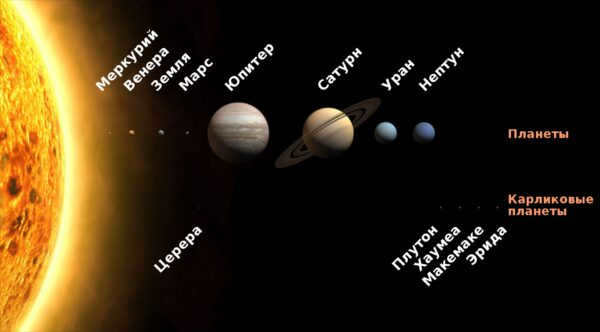

Can you identify the planets that make up our solar system?
Dear children, the solar system is a collection of various celestial bodies, including planets, celestial objects, and the sun, that orbit around each other due to the force of gravity.
There are a total of eight planets in our solar system: Mercury, Venus, Earth, Mars, Jupiter, Saturn, Uranus, and Neptune. Each planet possesses its own unique characteristics, such as size, mass, temperature, and composition.
The solar system is centered around the Sun, which is the largest celestial body. All the planets revolve around it, each having its own unique orbit. Among them, Jupiter holds the title for being the largest planet, while Mercury claims the distinction of being the smallest. Venus, on the other hand, boasts an incredibly high temperature, while Mars showcases its majestic mountains and valleys.
In addition to the planets, the solar system also features various other fascinating entities, including asteroids, comets, and satellites (also known as moons), which orbit around the planets. Some of these captivating objects can even be observed through a telescope.
Studying the solar system is of utmost importance as it allows us to gain a deeper understanding of our own planet, Earth, and its place in the vast universe. So, let your curiosity guide you as you delve into the wondrous realm of the planets, expanding your knowledge about the world that surrounds us!
Exploring the Planets of the Solar System: Educational Material for Kids
The First Planet: Mercury
Mercury, the initial planet from the Sun in our solar system, is less than half the size of Earth in diameter. Unlike Earth, Mercury lacks an atmosphere, resulting in extreme temperature fluctuations. Daytime temperatures can soar to a scorching 427 °C, while nighttime temperatures can plummet to a bone-chilling -173 °C.
Mercury stands out among its neighboring planets due to its exceptional speed, surpassing even Venus. Moreover, it is closer to the Sun compared to Earth, Mars, Jupiter, Saturn, Uranus, and Neptune, which makes it the fastest and hottest planet in our solar system.
Nevertheless, prospective explorers should exercise caution when considering a journey to Mercury. The planet’s thin atmosphere provides little protection against solar radiation and meteorites.
Therefore, Mercury is an extraordinary and captivating planet within our solar system that deserves to be thoroughly investigated and appreciated for its stunning allure.

The second planet: Venus
Venus is the second celestial body in our solar system, situated between Mercury and Earth. In terms of size and mass, Venus closely resembles Earth, but it experiences intense heat due to its close proximity to the Sun.
Venus is renowned for being the most luminous planet in the night sky and is commonly referred to as the “morning star” or the “evening star”. Its surface is adorned with an array of volcanoes, while its atmosphere is composed of sulfuric acid and carbon dioxide.
Exploring Venus poses significant challenges due to its dense atmosphere and high temperatures. Only one successful mission, the Soviet Venera-13, managed to land on Venus and endure its extreme conditions for a few hours. Currently, it is deemed more fruitful to focus on neighboring planets like Mars and Jupiter, as they offer greater prospects for discovering signs of life.


- Venus is the second celestial body in our solar system.
- It is situated closer to the Sun compared to Earth.
- The surface of Venus is adorned with numerous volcanoes and possesses a dense atmosphere.
- Venus is renowned as the most luminous planet visible in the night sky.
- Exploring Venus is currently unfeasible due to its extremely high temperatures.
Earth: The Third Planet in the Solar System
Earth is the third planet in the Solar System and the only known celestial body in the entire Universe that supports life. Situated approximately 150 million kilometers away from the Sun, our planet enjoys a favorable temperature range conducive to the existence of life.
Orbiting around Earth is a prominent natural satellite known as the Moon, which is the sole satellite of our planet. In addition to the Moon, humans have also launched numerous artificial satellites for scientific and commercial purposes.
Earth stands out among its planetary counterparts due to its protective atmosphere, which is crucial for sustaining life. This vibrant planet is teeming with a diverse range of organisms, ranging from microscopic bacteria to majestic elephants and whales.
Relative to the other planets in our Solar System, Earth resides between Venus and Mars. Venus is the nearest planet to Earth, while Neptune holds the distinction of being the farthest.
Children can gain an understanding of the various factors that impact life on Earth and learn how to responsibly care for the environment in order to preserve it for future generations by studying our planet.
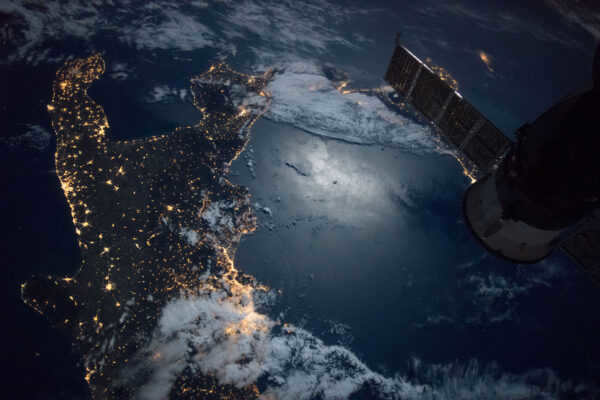

Mars: The Fourth Planet
Mars, the fourth planet from the sun, is a well-studied celestial body within our solar system. For children, Mars is an intriguing planet to investigate due to its abundance of geological features on its surface.
- Size: Mars is slightly larger than half of Earth’s size and smaller than Venus, but larger than Mercury. It is positioned between Earth and Jupiter.
- Atmosphere: Mars possesses a much thinner atmosphere in comparison to Earth’s, consisting mainly of carbon dioxide. This atmosphere fails to provide sufficient protection against cosmic radiation and meteorites, thereby hindering the possibility of life on this planet.
- Space Exploration: Mars has been the subject of numerous space missions, including the Mariner, Viking, Mars Patrol, and Mars Crane missions conducted by NASA. The European Space Agency has also launched the ExoMars mission to explore Mars, while Russian scientists are planning a future mission called Phobos-Grunt, demonstrating a continued interest in studying this fascinating planet.
Mars, often referred to as the “Red Planet,” gets its distinctive color from the abundant presence of iron oxide on its surface. This planet is also home to massive volcanoes, deep canyons, and ice caps at its polar regions. While Mars shares certain similarities with Earth, such as the existence of ice caps and seasonal changes, the search for extraterrestrial life on Mars is still ongoing.
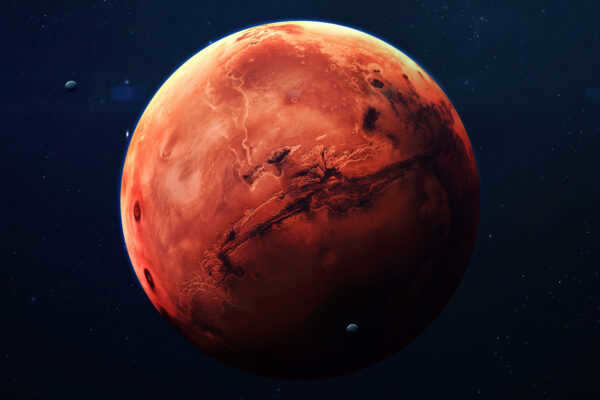

The gas giants in our solar system are Jupiter, Saturn, Uranus, and Neptune
KidsDid you know that besides the sun, there are other sources of light in our solar system? These sources are known as planets. Some examples of planets are Earth, Mars, Venus, and many more.
However, there are unique planets that stand out from the rest. These planets are called gas giants, which include Jupiter, Saturn, Uranus, and Neptune. They earned this name because they are primarily composed of gas clouds instead of having solid surfaces like Earth.
Out of all the gas giants present in our solar system, the biggest one is Jupiter. Just imagine – its mass is a staggering 318 times that of Earth! Saturn is also quite massive and is famous for its beautiful rings. Uranus and Neptune are located very far away from the Sun – in fact, they are the most distant gas giants among all the planets in our system. Interestingly, Uranus is a bit tilted on its axis and its year lasts for a whopping 84 Earth years!
What’s fascinating is that gas giants have a multitude of satellites. Additionally, Jupiter is home to a storm that has been raging for over 300 years. So now you have learned all about the gas giants in our solar system.
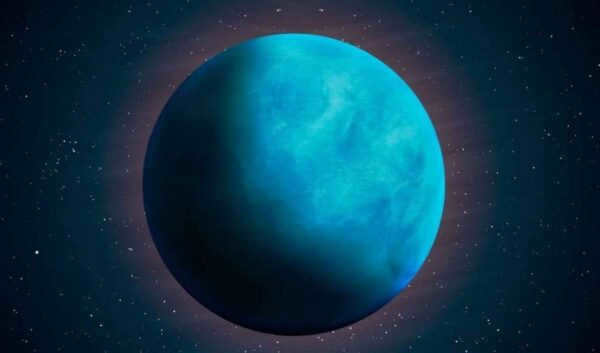
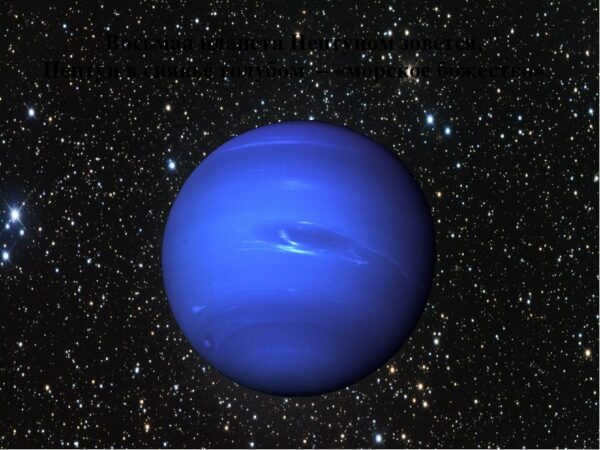
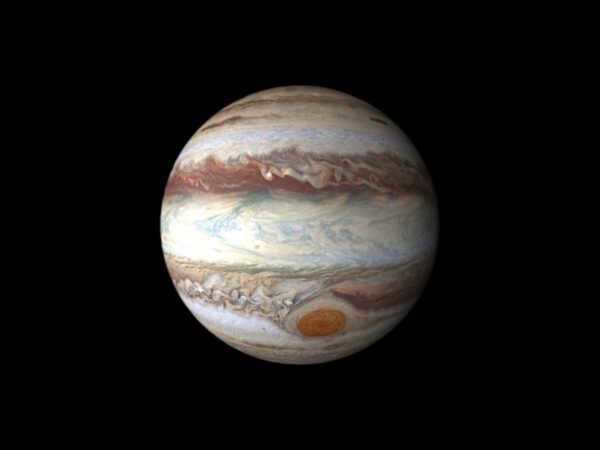
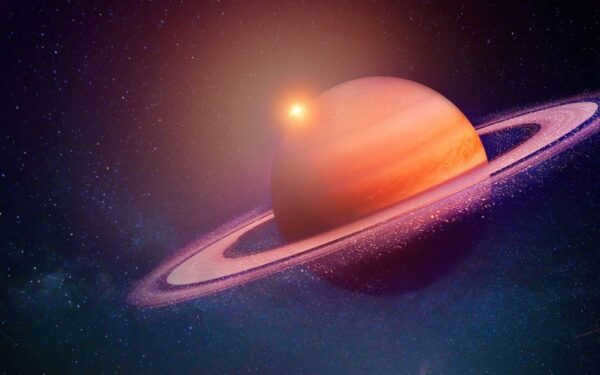
NASA Astonished by Latest Captures of Saturn, Jupiter, Mars – Cassini and the Great Annihilator of Space.
Q&A:
Which Celestial Bodies are Gas Giants?
Jupiter, Saturn, Uranus, and Neptune are recognized as gas giants within our solar system.
What Led to Pluto’s Reclassification?
In 2006, the International Astronomical Union revised their planet classification system, resulting in Pluto being reclassified as a dwarf planet rather than a traditional planet.
Can humans survive on Mars?
Surviving on Mars poses significant challenges due to the absence of a protective atmosphere, extreme temperatures, and dangerous levels of radiation. Moreover, Mars lacks liquid water and a breathable atmosphere, making it inhospitable for human life.
What are the designations of Jupiter’s moons?
Jupiter’s moons are named after ancient Roman gods and heroes. For instance, Ganymede, the largest moon of Jupiter, is named after Ganymede, a figure from Greek mythology who was abducted by Zeus in the form of an eagle and taken to the sky.
Venus is known as the hottest planet in our solar system. Its surface experiences scorching temperatures of up to 460 degrees Celsius, thanks to the greenhouse gas effect.
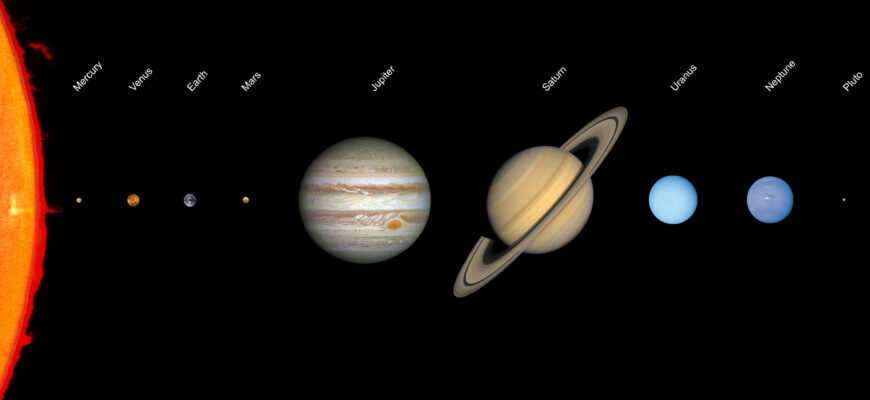
Fascinating information
Fast facts
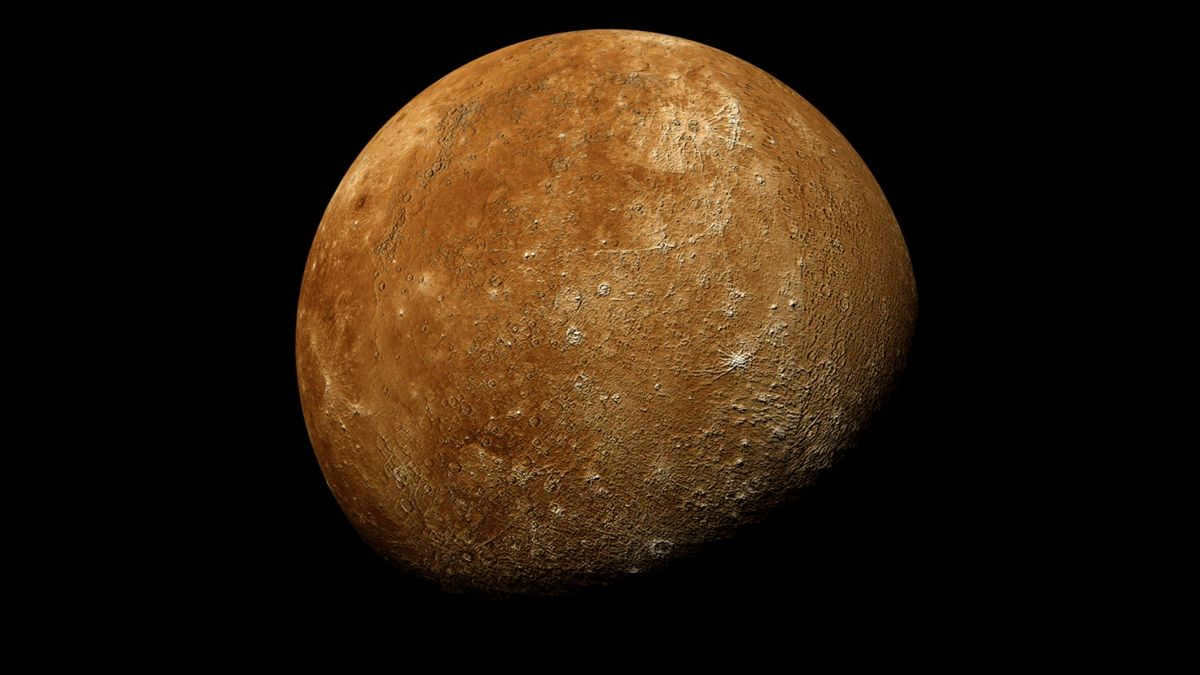
Due to its proximity to the sun, Mercury poses certain challenges when it comes to studying it. In this article, we will delve into some fascinating details about the tiniest planet in our solar system, as featured on TourJournal.
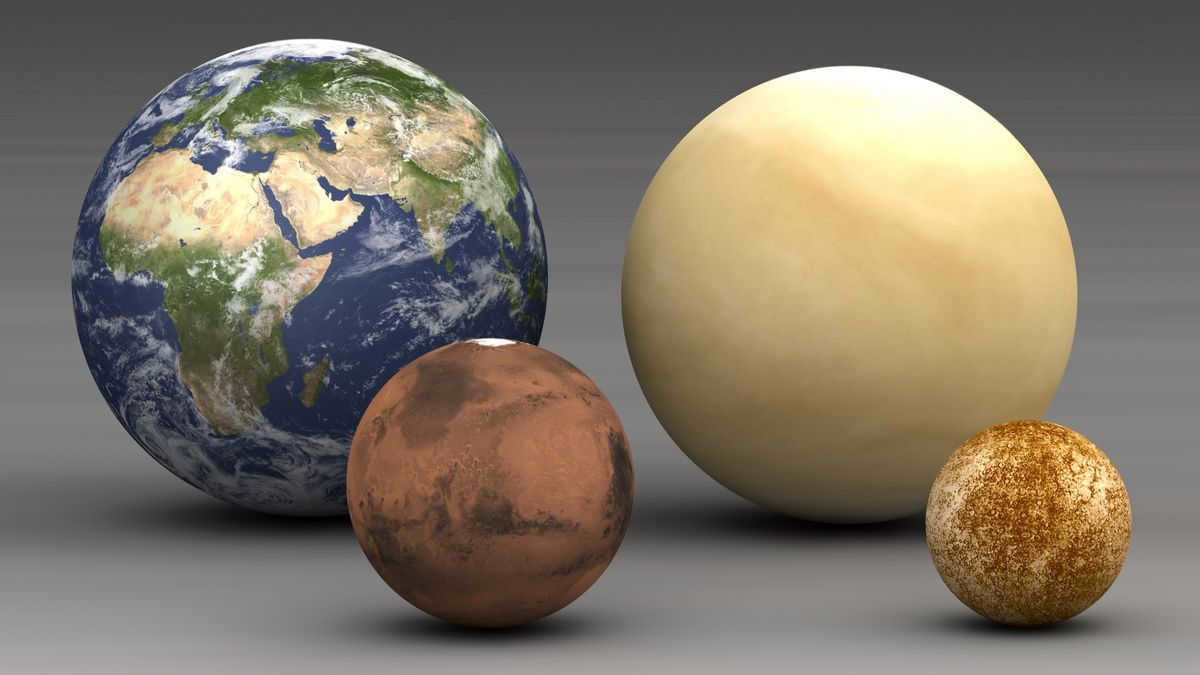
The inner part of the solar system is home to a group of planets. Following the luminary, these planets are arranged in a specific order:
In the outer region of the solar system, we find the giants Uranus, Saturn, Jupiter, and Neptune.
All of Earth’s neighboring planets share similar characteristics:
- They are located relative to the Sun.
- They have a dense core composed of nickel and iron.
- They possess a mantle made of silicate.
- They lack ice and dust formations, such as rings.
- They have a crust consisting of silicate rocks.
Mercury
Mercury is the smallest and innermost planet in the Solar System. It is named after the Roman deity Mercury, the messenger of the gods. Like Venus, Mercury orbits the Sun within Earth’s orbit as an inferior planet, and its apparent distance from the Sun as viewed from Earth never exceeds 28°. This proximity to the Sun means the planet can only be seen near the western or eastern horizon during the early morning or evening.
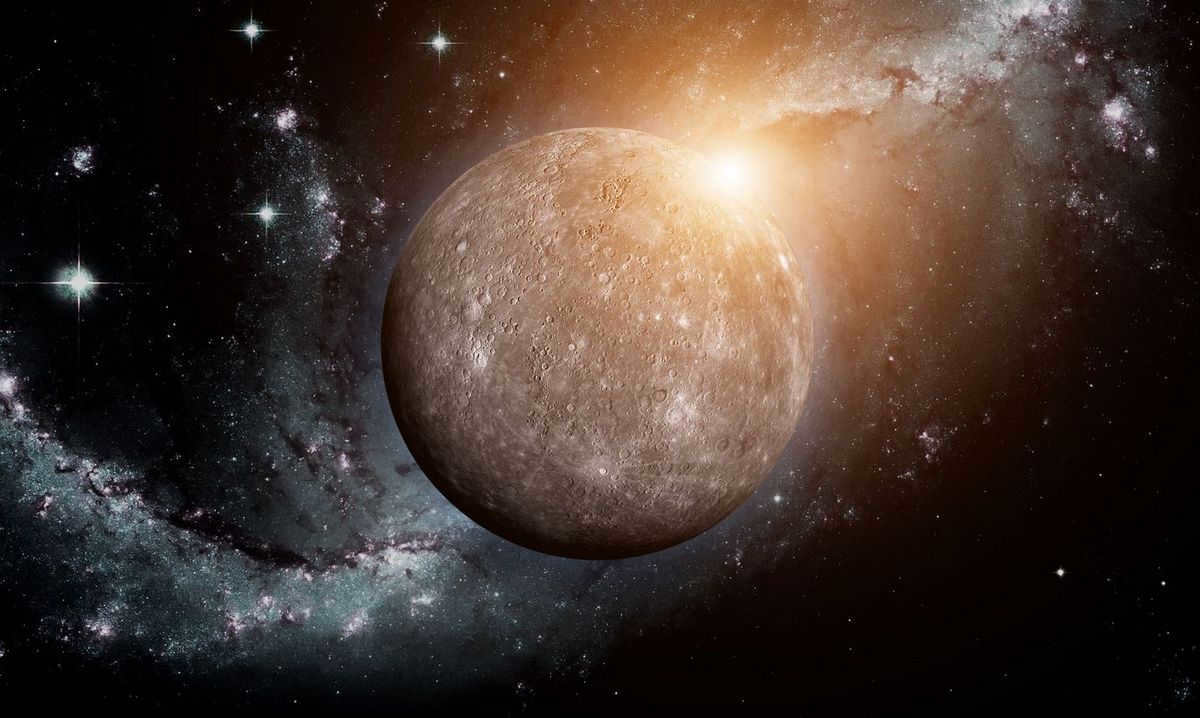
Mercury, the planet closest to the sun, has no large natural satellites and is approximately 5.5% the mass of Earth. It possesses a rarefied atmosphere, a rocky surface, and a relatively large core in comparison to its mantle and crust. Additionally, Mercury is adorned with numerous craters resulting from the impact of meteors, comets, and asteroids.
Venus
is the second planet from the sun and is named after the Roman goddess of love and beauty. It is often referred to as Earth’s sister planet because of their similar size and composition. Venus has a thick atmosphere composed mainly of carbon dioxide, with clouds of sulfuric acid. The surface of Venus is extremely hot, with temperatures reaching up to 900 degrees Fahrenheit. It is also covered in volcanoes, mountains, and vast plains. Venus is the hottest planet in our solar system and has a dense atmosphere that traps heat, making it even hotter than Mercury, which is closer to the sun. Despite its extreme conditions, Venus has been the subject of many scientific missions and observations, as scientists are interested in understanding how a planet with such inhospitable conditions can exist.
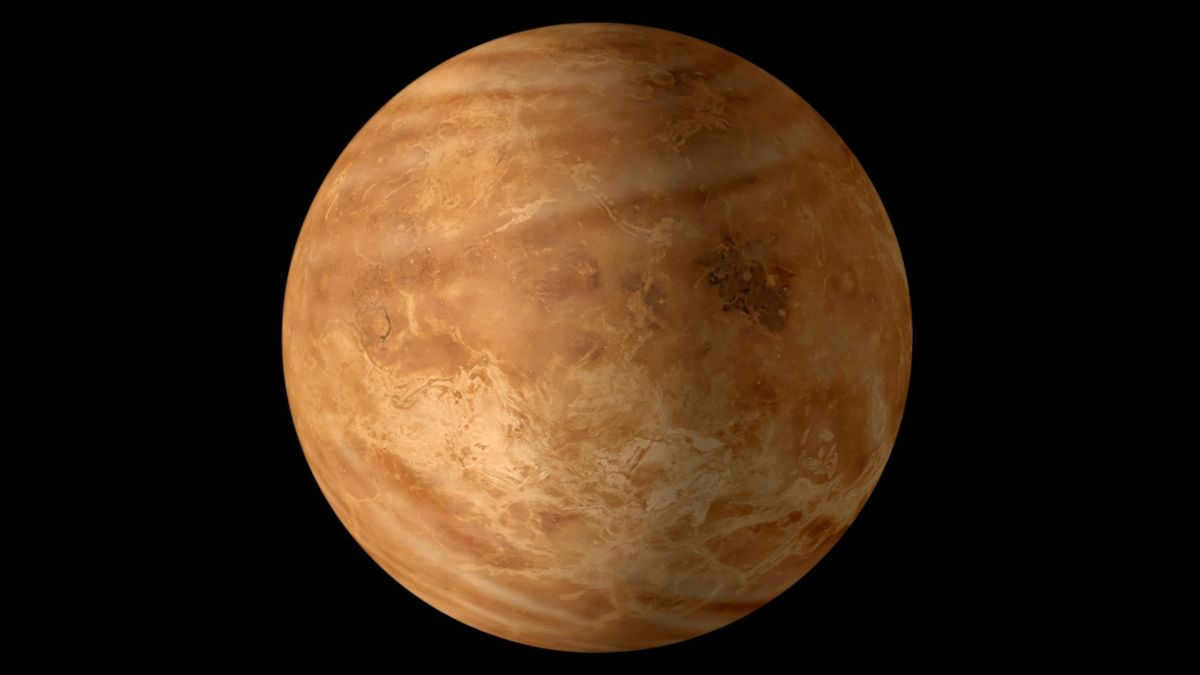
Venus is approximately 80% similar to Earth in terms of its parameters. It possesses a dense atmosphere that consists mainly of carbon dioxide, which is 90 times denser than the Earth’s atmosphere. Due to a strong “greenhouse effect,” the temperature on Venus can reach up to +400°C. Unlike Earth, Venus does not have a magnetic field. Its core contains iron compounds and is surrounded by a thick shell made of silicate materials.
The Earth
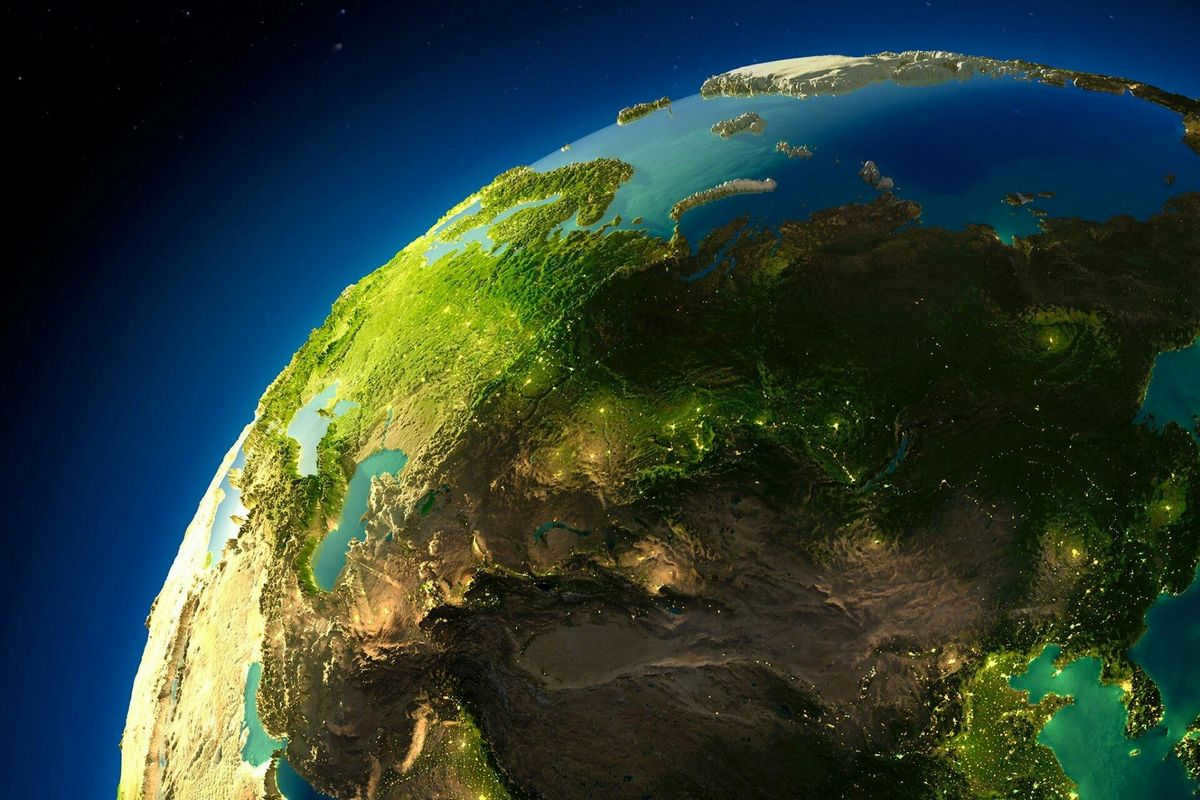

The Earth is the most massive and biggest among the rocky planets. An outstanding characteristic of this “blue” celestial object is the presence of oxygen in the atmosphere and a water covering (hydrosphere), as well as a biosphere (encompassing intelligent life).
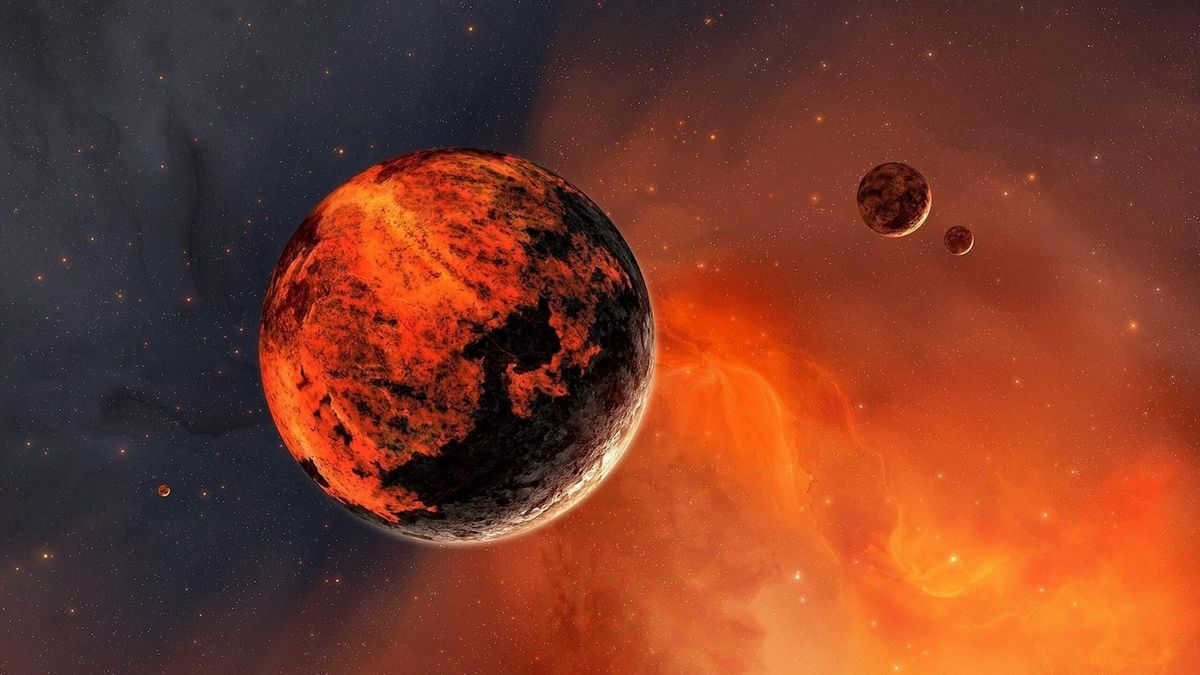
Mars is ten times smaller than Earth in size. Its atmosphere is rich in carbon dioxide. The distinct color of the planet is due to the high concentration of iron oxide.
Features of Mercury
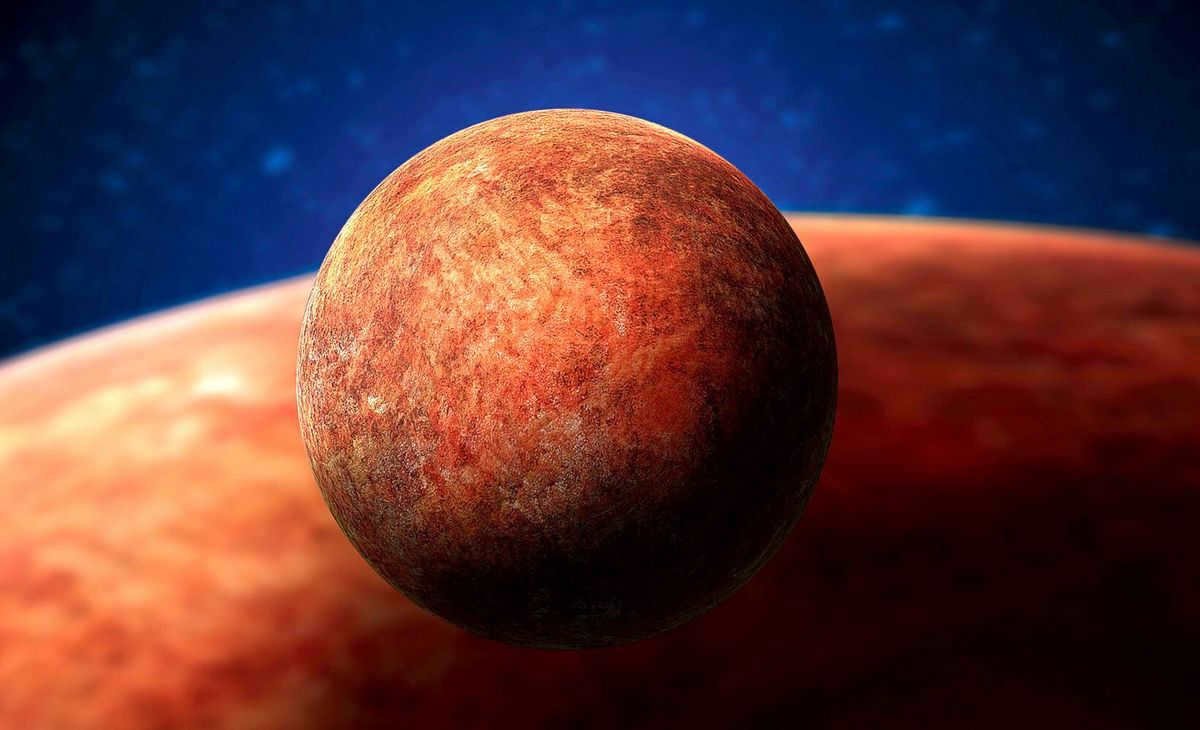
Scientists have determined that this planet originated 4.5 billion years ago. It was given the name of the ancient Roman god associated with commerce.
Mercury is notably smaller than Earth (with a diameter 2.5 times smaller), yet it moves 1.6 times faster. Its high orbital velocity has earned it the title of the “fastest” planet in our solar system.
When describing Mercury, planetary astronomers frequently use the superlative “most.” The planet possesses:
- The highest density;
- The widest temperature range;
- A substantial core;
- The smallest size.
Discovering the world
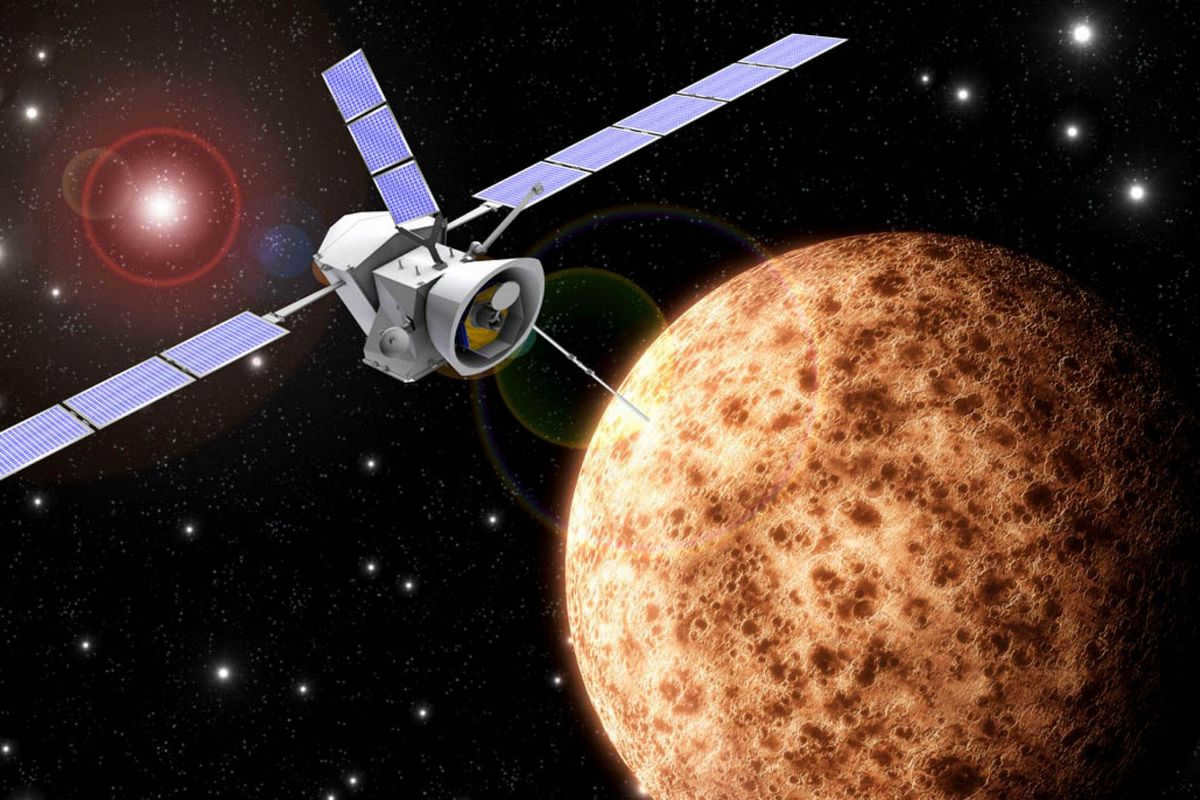
Observations of Mercury date back to the 14th century BC. In ancient Assyrian astrological tables, the celestial object was referred to as the “jumping planet”.
- Ancient Egyptians associated the planet with the gods Horus and Seth. The Chinese recognized Mercury as the Morning Star, while the Hindus named it Budha.
- Due to its visibility only at dawn in northern latitudes, European scientists faced significant challenges in studying Mercury.
- Even at its maximum visibility, not everyone could spot the faint star in the bright sky. Copernicus emphasized the need for patience and cunning to observe Mercury.
- Thanks to the use of automated spacecraft and the implementation of innovative research techniques such as radio astronomy and radar, much more information about Mercury has been obtained. However, due to the planet’s close proximity to the Sun, it is still not possible to send manned spacecraft to study it.
- It was not until the latter half of the 20th century that the first interplanetary automated station, Mariner-10, successfully reached Mercury. The data collected by this American station underwent thorough computer analysis, resulting in the creation of a detailed surface map of the planet.
- In the autumn of 2004, the United States launched a second automated spacecraft called “Messenger”. This spacecraft successfully orbited Mercury and became its artificial satellite.
The European Space Agency launched a rocket to the smallest planet in our solar system (two years ago), carrying state-of-the-art research vehicles on board. The organizers of the mission have planned for the spacecraft to reach Mercury in a couple of years.
What makes this project unique is the inclusion of the world’s largest telescope, “Hubble,” on board (which will capture detailed images for us earthlings). However, a major challenge for this sensitive equipment is the brightness of the surroundings.
Russia’s space agency, Roscosmos, is also working on projects related to the launch of an automated space probe called “Mercury-P.” This probe aims to land on the small planet and conduct in-depth soil studies.
Organization
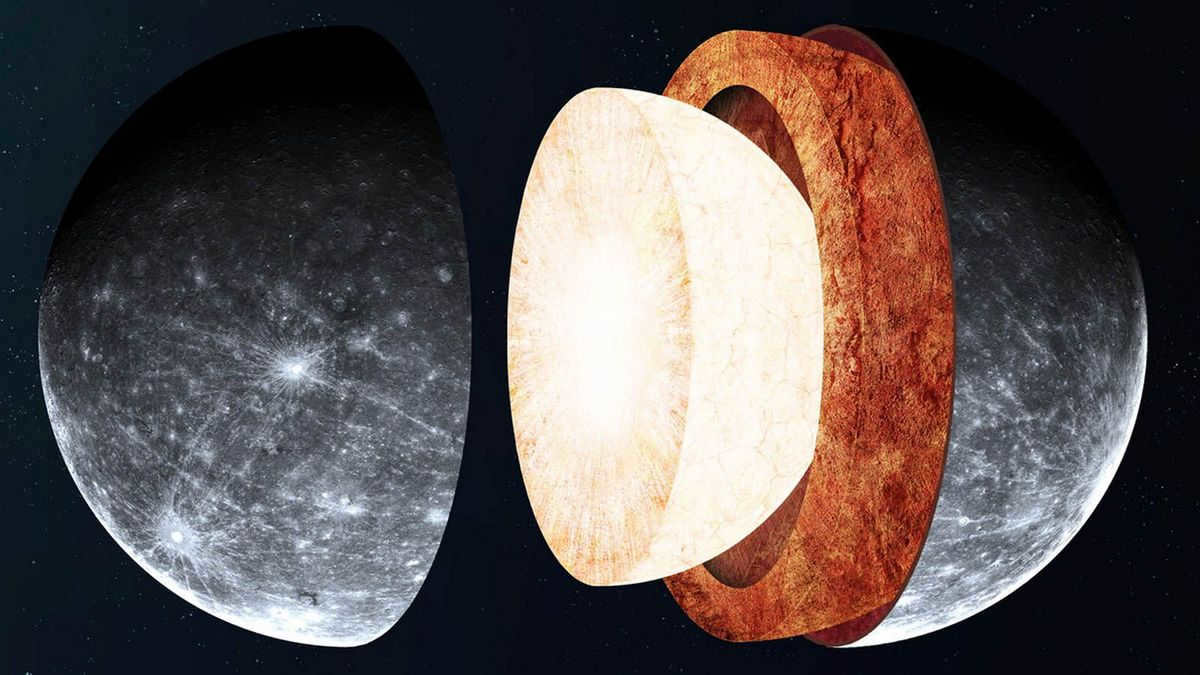

Mercury has a spherical shape and its surface is covered with numerous craters, which are the result of meteoroid impacts. The flat surface of the planet is composed of basaltic rocks that have erupted from its interior.
One distinctive feature of Mercury is the presence of escarpments, which are steep cliffs created by the compression of the planet’s crust.
The crust of Mercury is about 100-130 kilometers thick, while the mantle, made up of silicate rocks, has a thickness of 600 kilometers.
Mercury experiences a significant temperature fluctuation, with temperatures soaring to a scorching +430°C during the day and plummeting to a freezing -170°C at night. Scientists have put forward a hypothesis suggesting the presence of water ice in the craters located at the planet’s poles.
Summary
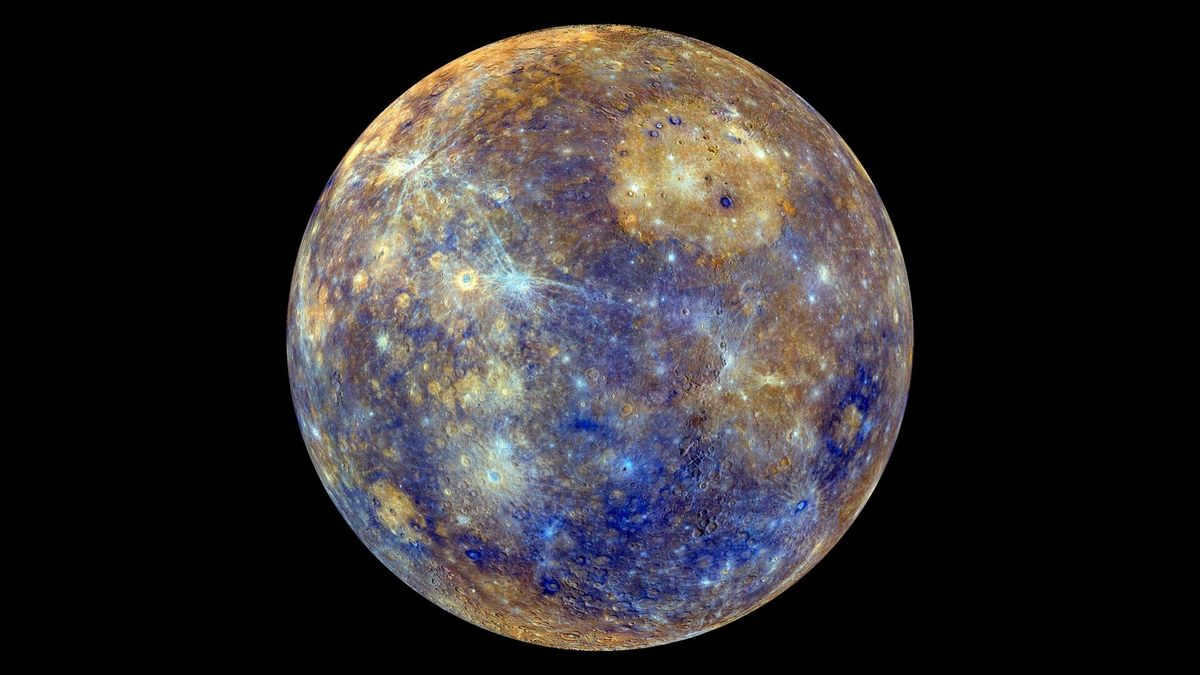
The movement of Mercury in its elliptical orbit exhibits certain peculiarities. It completes one full revolution around the sun in 88 Earth days, traveling at a speed of 48 km/s.
Mercury also rotates on its own axis, taking 59 Earth days to complete a full rotation. This means that a Mercurian day lasts 1.5 Earth years.
Discover more fascinating facts on TourJournal. One interesting fact is that Mercury does not experience changes in seasons, as its axis of rotation is perpendicular to the plane of its orbit.
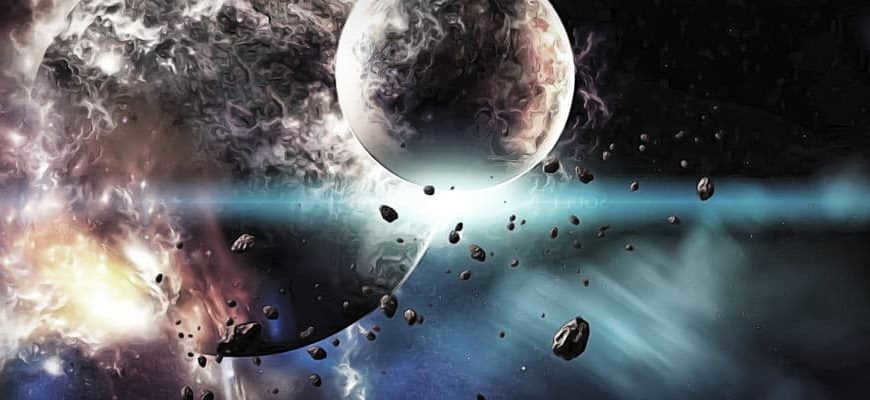
In 1766, the astronomer Johann Daniel Titius made a remarkable finding. It was suddenly apparent that the relative distances of the planets known during that time could be explained by a straightforward mathematical rule. And this mathematical equation only holds true if we suppose that there exists an additional planet somewhere between Mars and Jupiter! A planet that astronomers are unable to observe! This discovery generated immense excitement.
All the esteemed astronomers hurried to their telescopes, gazing at the heavens throughout the entire night. However, the elusive new planet remained undiscovered. Nonetheless, the quest persisted, with stargazers diligently observing the skies for a remarkable 35 years. Then, in 1801, amidst the aftermath of a tempestuous New Year’s Eve, a scientist by the name of Giuseppe Piazzi made a groundbreaking revelation. On January 1st, he spotted the first asteroid, situated in the orbit between Mars and Jupiter, precisely where the hypothesized planet was anticipated to exist. Overwhelmed with excitement, Giuseppe swiftly consumed his brine and promptly dispatched telegrams to astronomers worldwide, proclaiming his remarkable discovery. The newfound celestial body was christened Ceres, after the Roman goddess associated with fertility.
Astronomers were filled with joy. They had finally discovered the planet that the Bolsheviks had been talking about for so long. It didn’t matter that the planet turned out to be small. The important thing was that its existence had been predicted and confirmed. Astronomers from all over the world celebrated by shaking hands, singing inappropriate songs, and drinking fresh wine. The celebration lasted for an entire year.
However, everything changed when German astronomer Heinrich Wilhelm Olbers made a surprising discovery. He found another planet in the same area of the solar system where Ceres had recently been found. This went against Titius’ mathematical formula, which suggested that there was only one planet in that region.
Olbers tugged at his earlobe and adjusted his worn-out, unkempt wig. He perched on the edge of the stool, deep in thought. The initial realization that dawned on him was that he had made an error! The scientist peered through the eyepiece once more. No! It’s right there!
Consequently, Ceres and Pallada are not the elusive planet that everyone has been searching for. Interesting, interesting, interesting. Pfft pfft pfft pfft… So, what does that imply then? There must be another planet? There ought to be. But there isn’t? No. Therefore, these two celestial bodies are merely remnants of it! That explains why the missing planet remains elusive! It’s because it has been obliterated! In its place, a heap of relatively small rocks now exist! Heinrich gently scratched the belly of the lop-eared cat nestled beside him on the bed and proceeded to document the discovery…
During the following years, an increasing number of stones were found in the space between Jupiter and Mars. Juno was added to the collection, followed by Vesta, and subsequently a multitude of other asteroids. This seemed to confirm Olbers’ hypothesis. Instead of a planet, there was once indeed a planet! However, it disintegrated for some unknown reason, and now all Earth astronomers can perceive is its debris!
Debunking Misconceptions about the Mysterious Planet Phaeton
In 1823, Johann Gottlieb Radloff, a German teacher and linguist, gave the missing planet its name. He published a book titled “The Collision of the Giant Planets Hesperus and Phaeton, Leading to Catastrophes and Floods on Earth”. However, Radloff’s work did not delve into the realm of astronomy. Instead, it primarily focused on ancient legends and myths. The purpose of the book was to search for evidence of a previously destroyed world within these historical accounts.
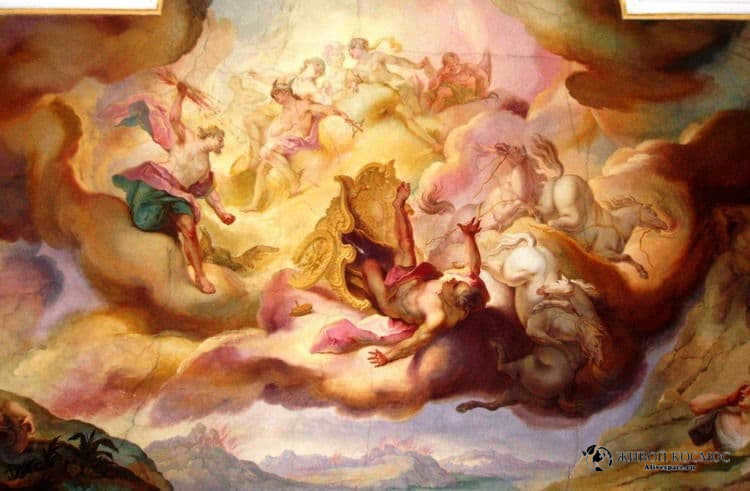
Radloff came to the conclusion that this is how the ancients depicted a cataclysmic event they witnessed in the heavens. However, what else could it be other than the obliteration of a planet? Absolutely nothing! It is undoubtedly a catastrophe that occurred on an unknown world! Beyond a doubt! Evidently, the celestial object that astronomers are searching for between Mars and Jupiter simply disintegrated! And it is the remnants of this object that astronomers discover in astonishing quantities in a specific orbit. The ancient Greeks were inquisitive and intelligent individuals. They simply documented this perplexing event in their legend of Phaeton.
Radloff dubbed the theoretical planet Phaeton. As for the celestial body that collided with Phaeton, he christened it “Hesperus.” Upon further contemplation, Radloff had an epiphany that numerous other calamities, like the Great Flood, could potentially be elucidated as a result of comparable planetary collisions!
No. Very little substance
And that would be perfectly fine. Gorgeous, believable, and natural. However, the issue never disappeared. Because Titius’ equation indicated that there should be a sizable, massive planet between Mars and Jupiter. Yet, all that can be observed are numerous small objects. And their combined mass is actually less than 5 percent of the mass of our Moon!
Therefore, a large planet that may have once existed in the solar system at the location of the current asteroid belt simply could not have existed. There simply would not have been enough material for it.
But what about Titius’ magical equation? The one that sparked all the commotion about Phaethon in the first place? Its validity was seriously questioned. Because in 1846, the planet Neptune was discovered. It is located beyond Uranus’ orbit. And Neptune does not fit Titius’ equation whatsoever.

